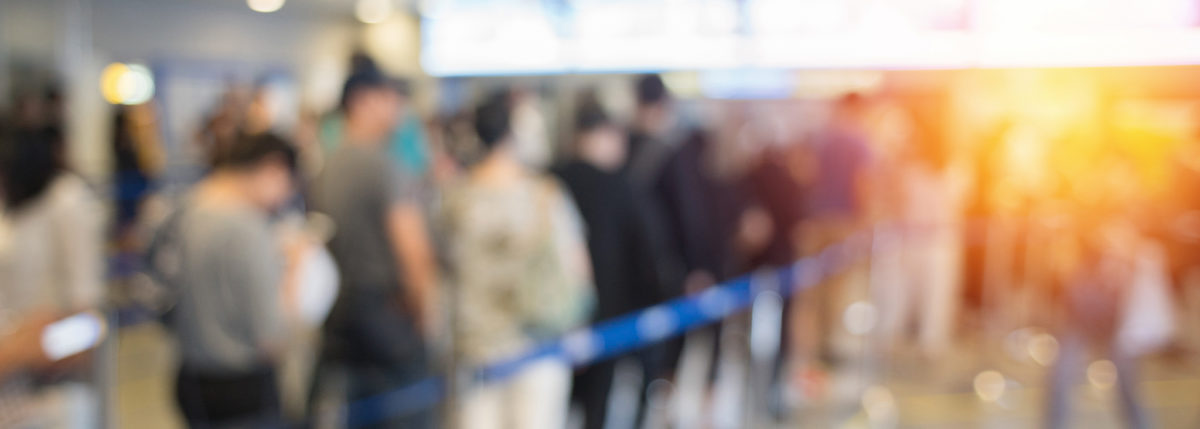Airport Security and Type 1 Diabetes
Editor’s Note: This article is part of our library of travel resources. Read more on Travel, from helpful packing guides and precautions to personal type 1 accounts from all over the world.
Heading on a jet plane? Then you’ll need to prepare for airport security. Research your destination in order to learn specific airport security requirements, and keep in mind that a country’s requirements may vary from your own if you’re going abroad. Here is a basic rundown of what you can expect when passing through airport security as someone with type 1 considerations.
Pumps and CGMs
- It is always acceptable to travel with your insulin pumps and/or continuous glucose monitors!
- Notify a security personnel about your devices right away so that they are not mistaken for something hazardous and you can be checked.
- Insulin pumps and continuous glucose monitors (CGMs) should NOT be put through an x-ray machine or body scanner, so it’s recommended to keep them on your person. Most pump and CGM companies have not yet been able to determine whether advanced imaging technology will interfere with your devices’ settings.
The best laid plans are either to:
- Ask to walk through the regular metal detector with your device(s). (Anticipate that devices may very likely set off the alarm.)
- Ask for a regular pat down by a security agent.
Pat downs
- Notify a security screening agent right away that you are wearing a medical device. Pat down procedures are different in each country, but you will always have options depending on what you are comfortable with.
Needles, syringes and lancets
- Needles and any other sort of insulin delivery devices are permitted on airplanes.
- BUT, carrying a prescription, letter from your doctor, or pharmaceutical label for your supplies with you is a good idea—especially when traveling abroad as to avoid any language barriers.
Insulin
- Insulin is always allowed in your carry-on bags in vials, pen form or otherwise.
- Do NOT put your insulin in checked baggage—always carry it with you, as severe changes in pressure or temperature can tamper with insulin.
- After flying, always inspect your insulin before injecting! Discard it or call your doctor if it looks suspicious.
- A hand inspection by a security agent can be requested if you are not comfortable putting your insulin through the x-ray machine.
Glucagon, quick sugars and liquids
- Glucagon (either nasal or the kit) is permitted in its pharmaceutically labeled container.
- Most airports will allow people with diabetes to bring quick sugar in liquid or gel form for the treatment of hypoglycemia, even if they are greater in ounces than normal requirements.
Also remember to pack:
- Candy, glucose tabs and other sugary foods for lows
- Nuts, cheese and other proteins in case finding food at the airport proves challenging
- Freezer packs and/or Frio cooling wallet to keep your insulin and food cool
- EXTRA SUPPLIES!!! (insulin, needles, syringes, test strips, CGM sensors, infusion sets, batteries, lancets and anything else you might need backup of in case of emergency or lost baggage!)
- Extra pump or insulin pens/pen cartridges.
Many pump companies will provide you with a backup pump if you will be traveling for an extended period of time or to someplace far away.
Read It’s not a Bomb; It’s a Pump by Samantha Willner and learn about the On-the-Go T1D Kit.





